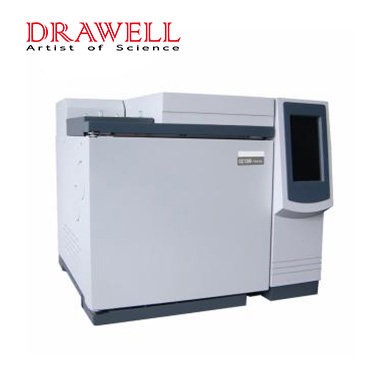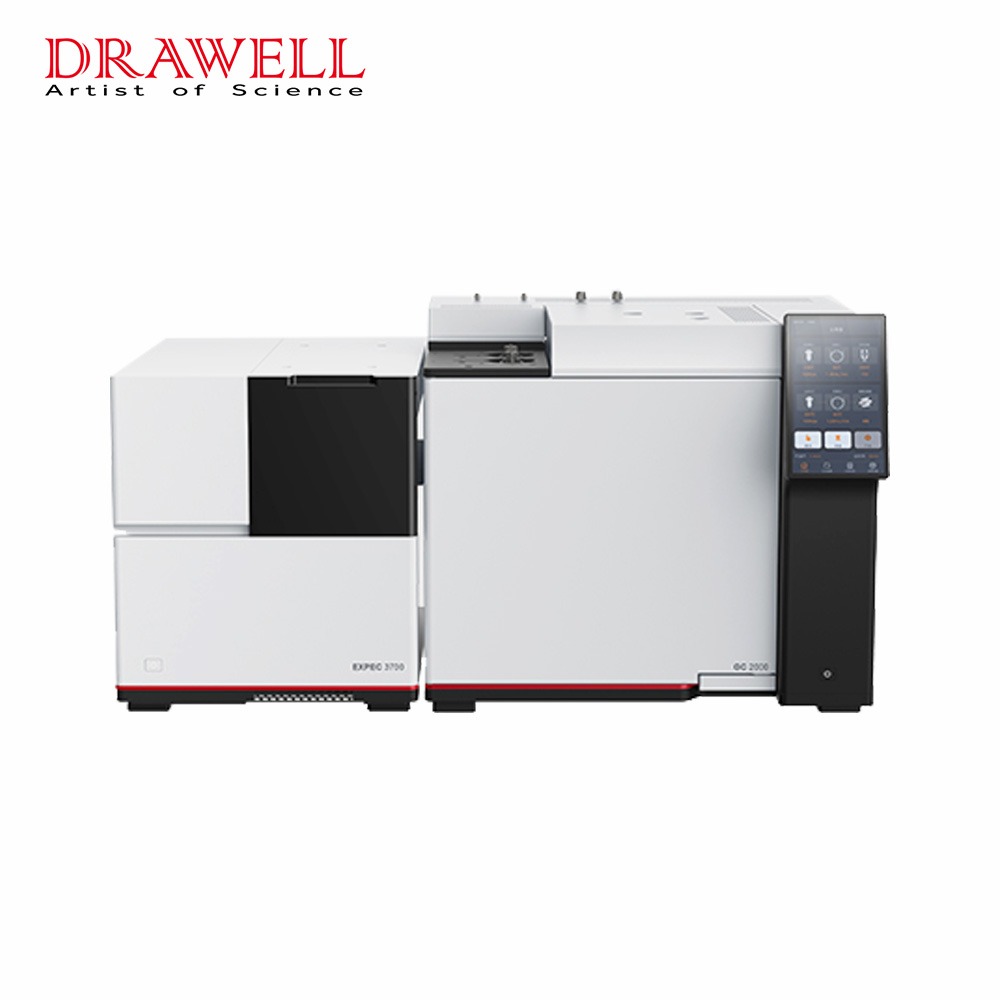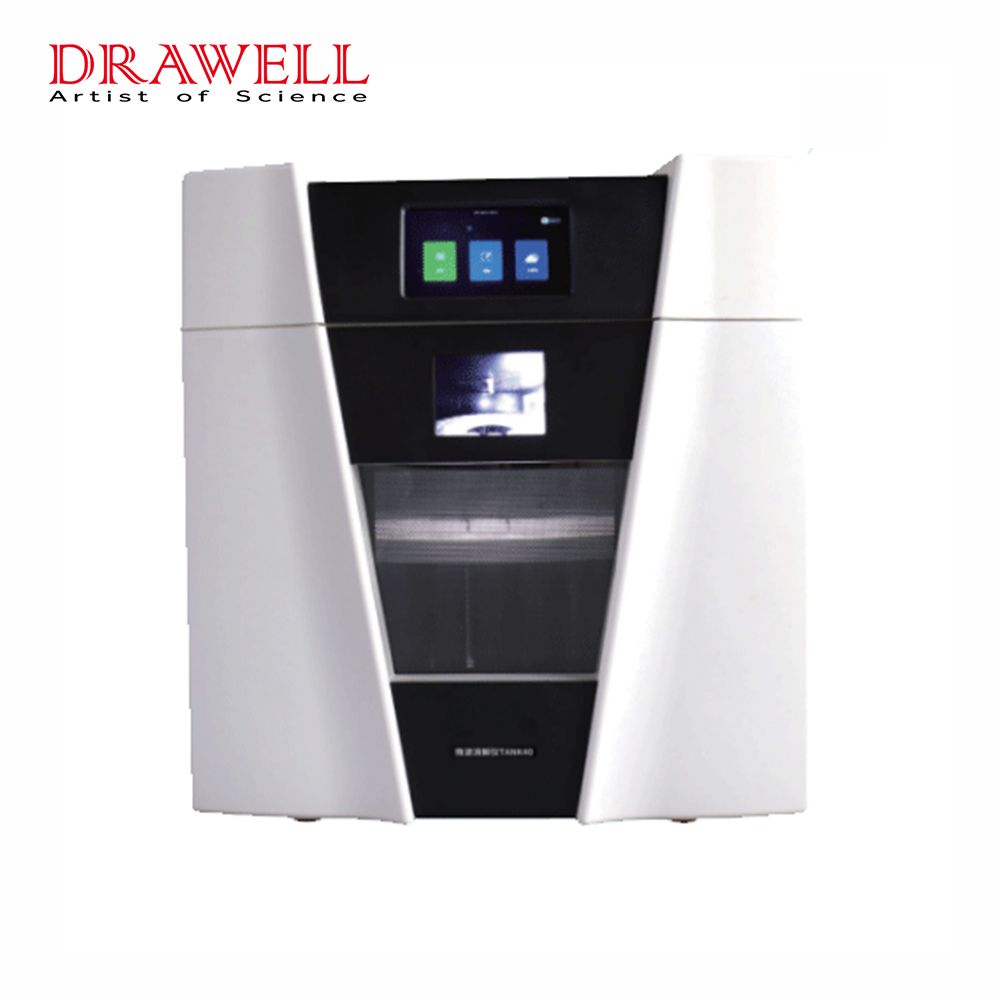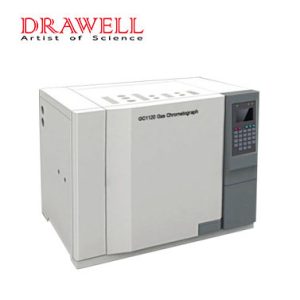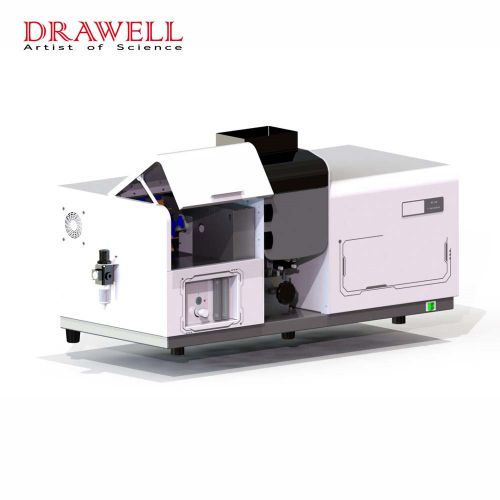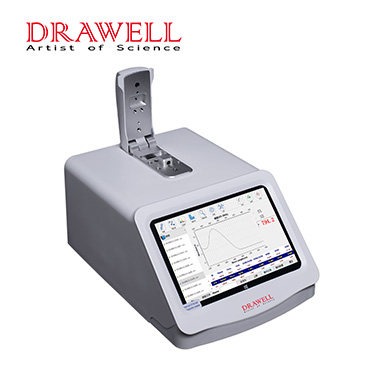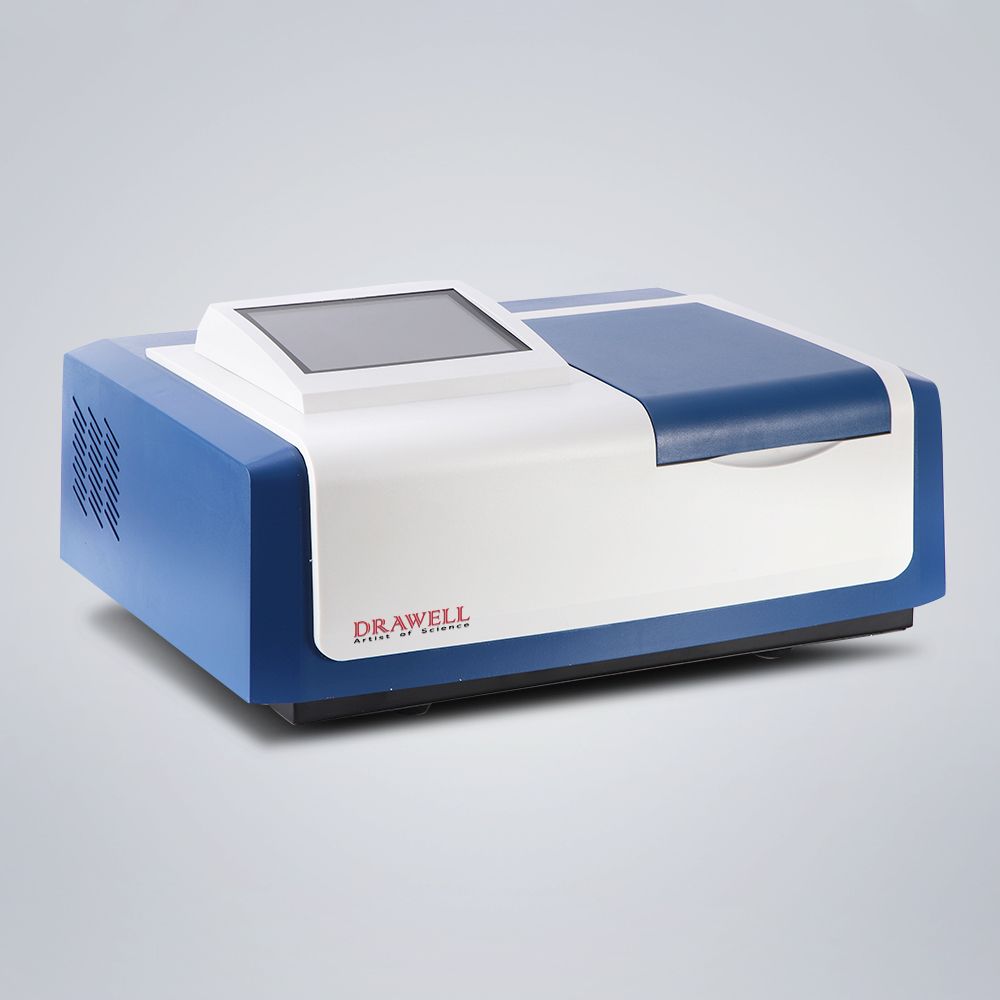Formaldehyde, a colorless gas with a pungent odor, is a common indoor air pollutant found in building materials, furniture, and household products. As a known carcinogen, formaldehyde poses significant health risks, necessitating the development and implementation of reliable methods for its detection and quantification in air. This article explores the importance of monitoring formaldehyde levels and delves into five advanced analytical techniques employed for this purpose.
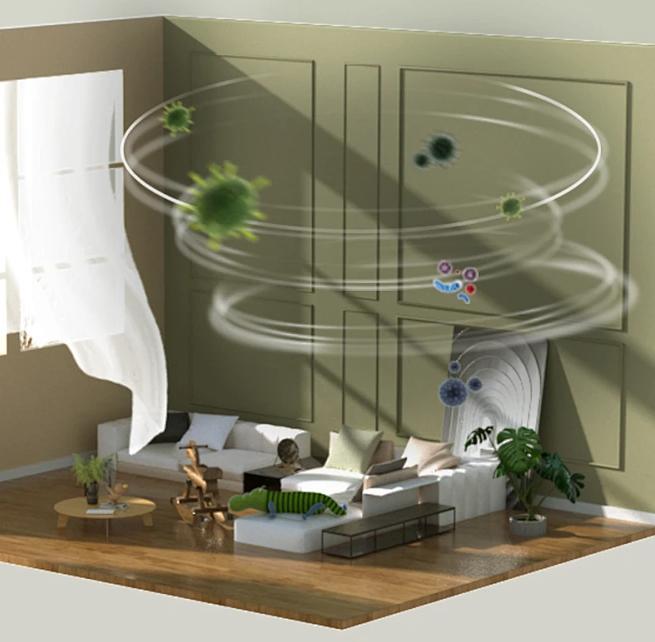
Why We Need Monitoring Formaldehyde Levels in Air?
Formaldehyde is a volatile organic compound (VOC). Due to its wide use in industrial processes, household products, and building materials, formaldehyde is ubiquitous in both indoor and outdoor environments. So it becomes a significant environmental and public health concern. Monitoring its levels in the air is crucial for several reasons:
- Health Impacts: Formaldehyde is a known carcinogen. Chronic exposure can cause respiratory problems, skin irritation, and has been linked to certain cancers, particularly nasopharyngeal cancer and leukemia. Short-term exposure can cause symptoms like headaches, dizziness, and eye, nose, and throat irritation.
- Indoor Air Quality: Formaldehyde is commonly found in indoor environments due to off-gassing from building materials, furniture, and household products. Poor ventilation can lead to higher concentrations indoors, making it essential to monitor to ensure safe living and working conditions.
- Regulatory Compliance: Various health and safety regulations require the monitoring of formaldehyde levels. For instance, OSHA (Occupational Safety and Health Administration) in the U.S. has set permissible exposure limits for formaldehyde in the workplace. Compliance with these regulations is necessary to avoid legal penalties and ensure worker safety.
- Environmental Impact: Formaldehyde contributes to the formation of ground-level ozone and secondary organic aerosols, which are components of smog. Monitoring ambient air levels helps in understanding and mitigating its environmental impacts.
- Public Awareness and Safety: By monitoring formaldehyde levels, authorities can provide timely information to the public, helping people avoid high exposure areas and take necessary precautions to protect their health.
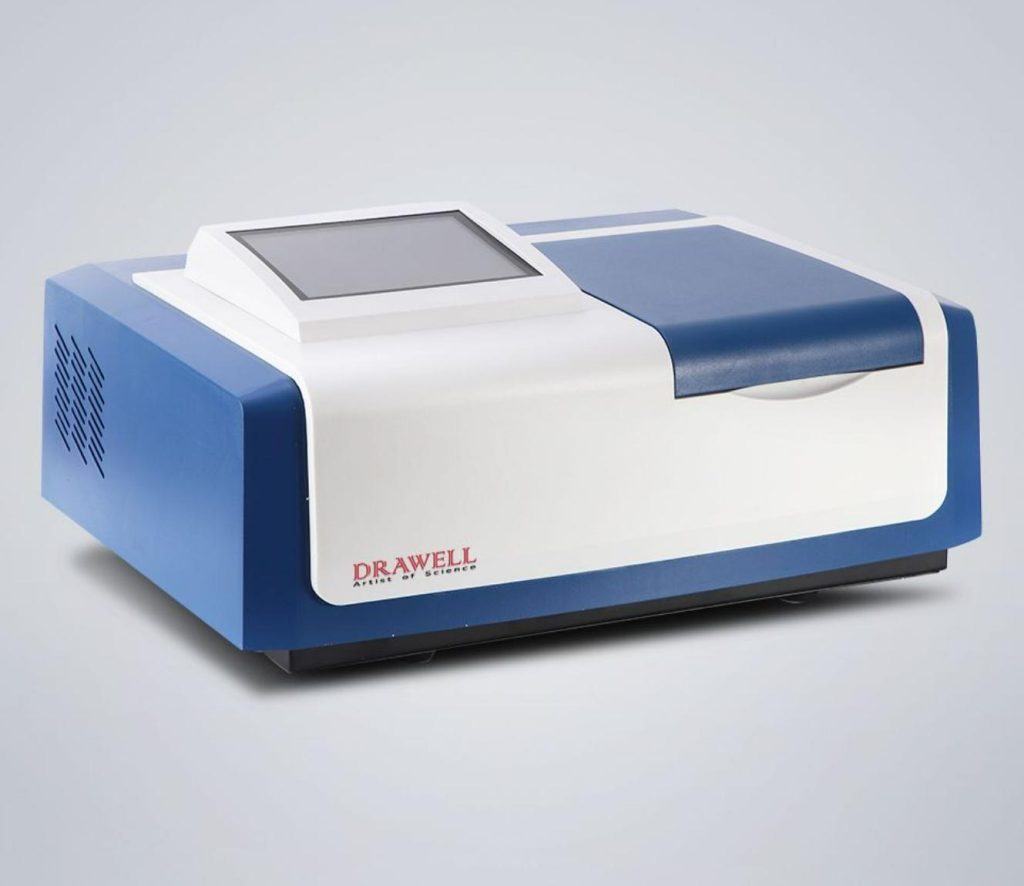
5 Advanced Methods for the Determination of Formaldehyde
To effectively monitor and manage formaldehyde levels in the air, several advanced analytical methods have been developed. Each technique offers unique advantages in terms of sensitivity, specificity, and practicality.
1. Spectrophotometry
Principle
Spectrophotometry involves measuring the intensity of light absorbed by a solution at a specific wavelength. In formaldehyde detection, formaldehyde reacts with a chromogenic reagent to form a colored complex. The absorbance of this complex is then measured using a spectrophotometer.
Features
- Sensitivity and Selectivity: Highly sensitive, capable of detecting low concentrations.
- Reagents: Common reagents include chromotropic acid, acetylacetone, and Nash reagent.
- Quantification: Based on Beer-Lambert law, which relates absorbance to concentration.
- Advantages: Simple, cost-effective, and widely used.
- Limitations: Potential interference from other compounds that absorb at similar wavelengths.
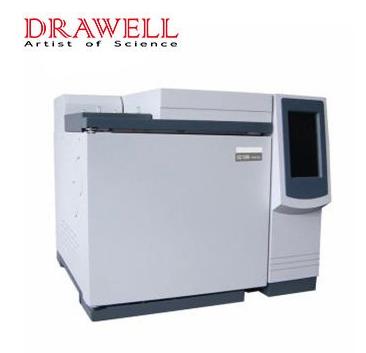
2. Chromatography
Principle
Chromatography separates formaldehyde from other air constituents before detection. Gas chromatography (GC) and high-performance liquid chromatography (HPLC) are commonly used. Formaldehyde is typically derivatized to form a more detectable compound.
Features
- Sensitivity and Accuracy: High sensitivity and accuracy due to separation from interfering substances.
- Derivatization: Formaldehyde often derivatized using DNPH (2,4-dinitrophenylhydrazine) to form hydrazone derivatives, which are easier to detect.
- Detection: Coupled with detectors like flame ionization detector (FID) for GC or ultraviolet (UV) detector for HPLC.
- Advantages: Capable of detecting very low concentrations, high specificity.
- Limitations: Requires expensive equipment and trained personnel.
3. Electrochemical Sensors
Principle
Electrochemical sensors detect formaldehyde by measuring the electrical changes that occur during its oxidation or reduction at an electrode surface. This process generates a current proportional to the formaldehyde concentration.
Features
- Types: Common types include amperometric and potentiometric sensors.
- Sensitivity: High sensitivity, capable of real-time monitoring.
- Response Time: Fast response time, useful for continuous monitoring.
- Portability: Often portable and suitable for field measurements.
- Advantages: Real-time detection, relatively low cost, easy to use.
- Limitations: Potential cross-sensitivity with other volatile organic compounds (VOCs), requires regular calibration.
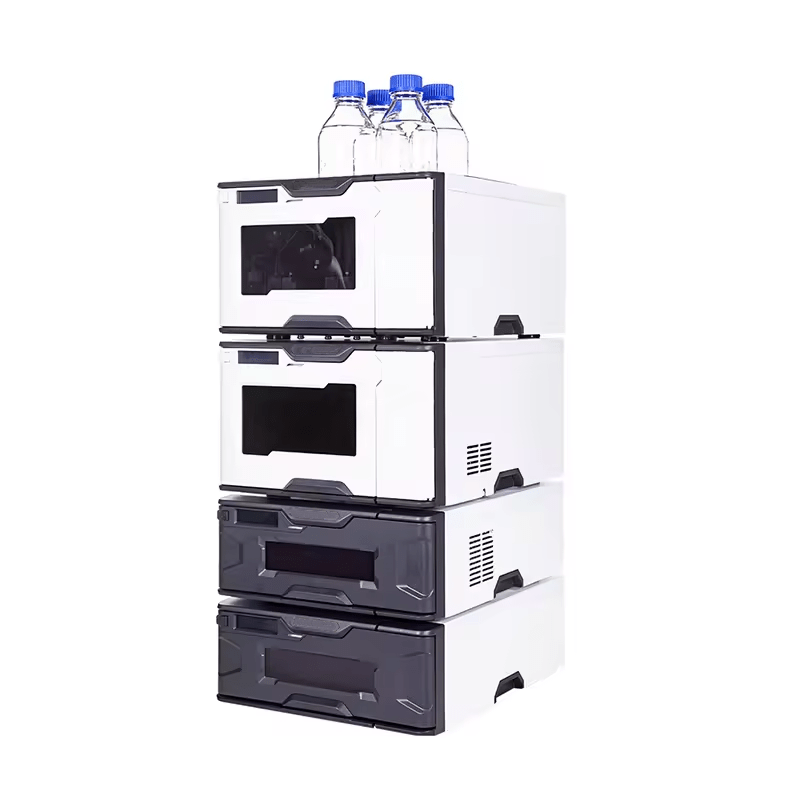
4. Iodometry
Principle
Iodometry involves the oxidation of iodide (I-) to iodine (I2) by formaldehyde in the presence of an oxidizing agent. The liberated iodine is then titrated with a standard solution of sodium thiosulfate until the endpoint is reached.
Features
- Chemical Reaction: Formaldehyde oxidizes iodide in the presence of an oxidizing agent like hydrogen peroxide or chlorine.
- Titration: The liberated iodine is quantified by titration with sodium thiosulfate using starch as an indicator.
- Quantification: Based on the stoichiometric relationship between formaldehyde and iodine.
- Advantages: Simple and inexpensive, does not require sophisticated instruments.
- Limitations: Less sensitive compared to other methods, potential interference from other oxidizing agents.
5. Titration Method
Principle
Direct titration involves the reaction of formaldehyde with a reagent in a well-defined stoichiometric relationship. The endpoint is determined using an indicator or by measuring a physical property change.
Features
- Common Reagents: Sulfite (SO3^2-) or bisulfite (HSO3^-) reacts with formaldehyde to form a formaldehyde-bisulfite adduct.
- Endpoint Detection: Indicators like phenolphthalein or by potentiometric methods using pH meters.
- Quantification: Based on the volume of titrant used to reach the endpoint.
- Advantages: Straightforward and cost-effective.
- Limitations: Lower sensitivity and precision compared to instrumental methods, potential interference from other substances.
These methods vary in complexity, sensitivity, and applicability, allowing for a wide range of options depending on the specific requirements of the formaldehyde detection scenario.
Here’s a sorted summary comparing the applications, pros, and cons of the five types of formaldehyde determination methods:
| Method | Applications | Pros | Cons |
| Spectrophotometry | Environmental monitoring, Indoor air quality assessment | High sensitivity, Simple operation | Susceptible to interference from other compounds, Limited to specific wavelength ranges |
| Chromatography | Industrial hygiene, Occupational exposure assessment | High sensitivity and accuracy, Suitable for complex matrices | Requires expensive equipment and expertise, Time-consuming sample preparation |
| Electrochemical Sensors | Real-time monitoring, Personal exposure assessment | Real-time detection, Portable | Cross-sensitivity with other volatile organic compounds (VOCs), Regular calibration required |
| Iodometry | Industrial process contro, Laboratory analysis | Simple and inexpensive, No requirement for sophisticated equipment | Less sensitive compared to instrumental methods, Potential interference from other oxidizing agents |
| Titration Method | Educational purposes, Routine analysis in laboratories | Straightforward and cost-effective | Lower sensitivity and precision compared to instrumental methods, Potential interference from other substances |
This comparison provides a comprehensive overview of the applications, advantages, and limitations of each formaldehyde determination method, aiding in selecting the most suitable method based on specific requirements and constraints.
Conclusion
Accurate detection and quantification of formaldehyde in the air are imperative for health and safety. Advanced methods such as spectrophotometry, chromatography, electrochemical sensors, iodometry, and titration each provide distinct advantages, catering to different monitoring needs. By employing these techniques, we can ensure effective air quality management and mitigate the health risks associated with formaldehyde exposure. As technology advances, the continuous improvement of these methods will further enhance our ability to maintain safer environments.

